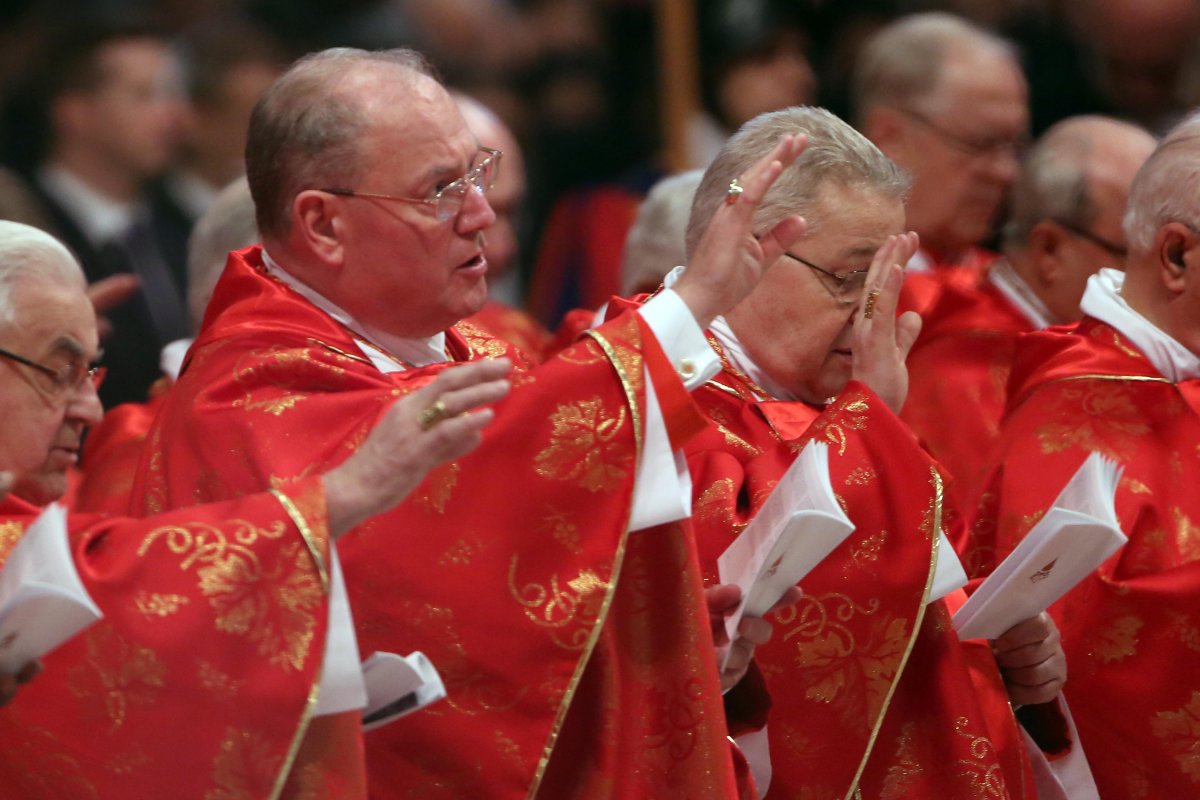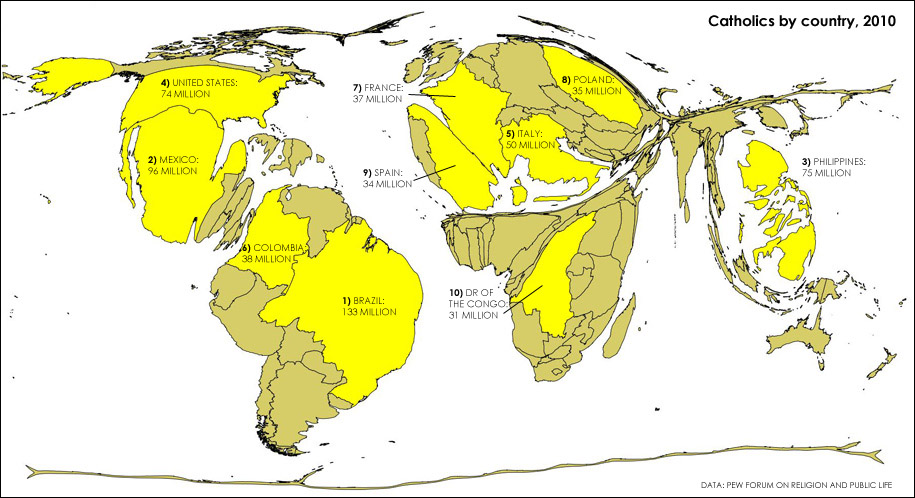Catholics in Europe and North America are much better represented at the conclave – the assembly that will elect the Catholic church’s new pope – than Catholics in Africa, Latin America and the Philippines, public data shows.

Pope Benedict XVI’s successor, the 266th pope, will be elected in a closed-door process in Rome by cardinals – senior bishops named to the role by papal appointment. Only cardinals under 80, called “cardinal-electors,” are allowed to vote.
The Philippines, and most large countries in Latin America, have significantly more Catholics per cardinal-elector than their counterparts in Europe and North America. The United States, for example, has 6.7 million Catholics per cardinal-elector, while Mexico has 32 million. (Canada is well-represented at 3.2 million.)
The Philippines has one voting cardinal for 75 million Catholics, while Italy has 21 for 50 million Catholics.
Many countries with significant Catholic populations have no cardinal allowed to vote. Topping the list is Angola, with 14 million Catholics. Of the 15 largest countries not represented at the conclave (measured by Catholic population), 14 are in Africa.





Comments